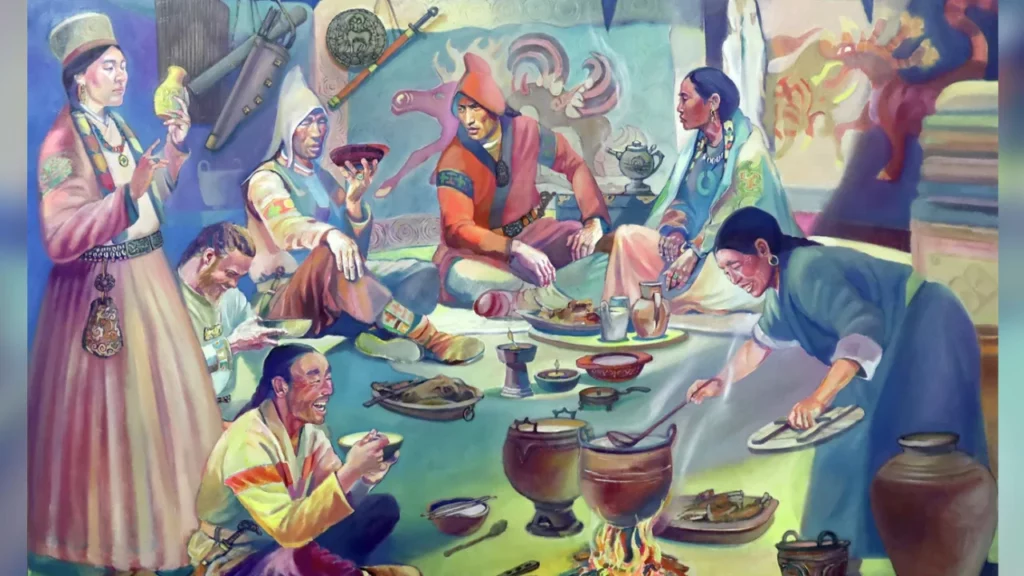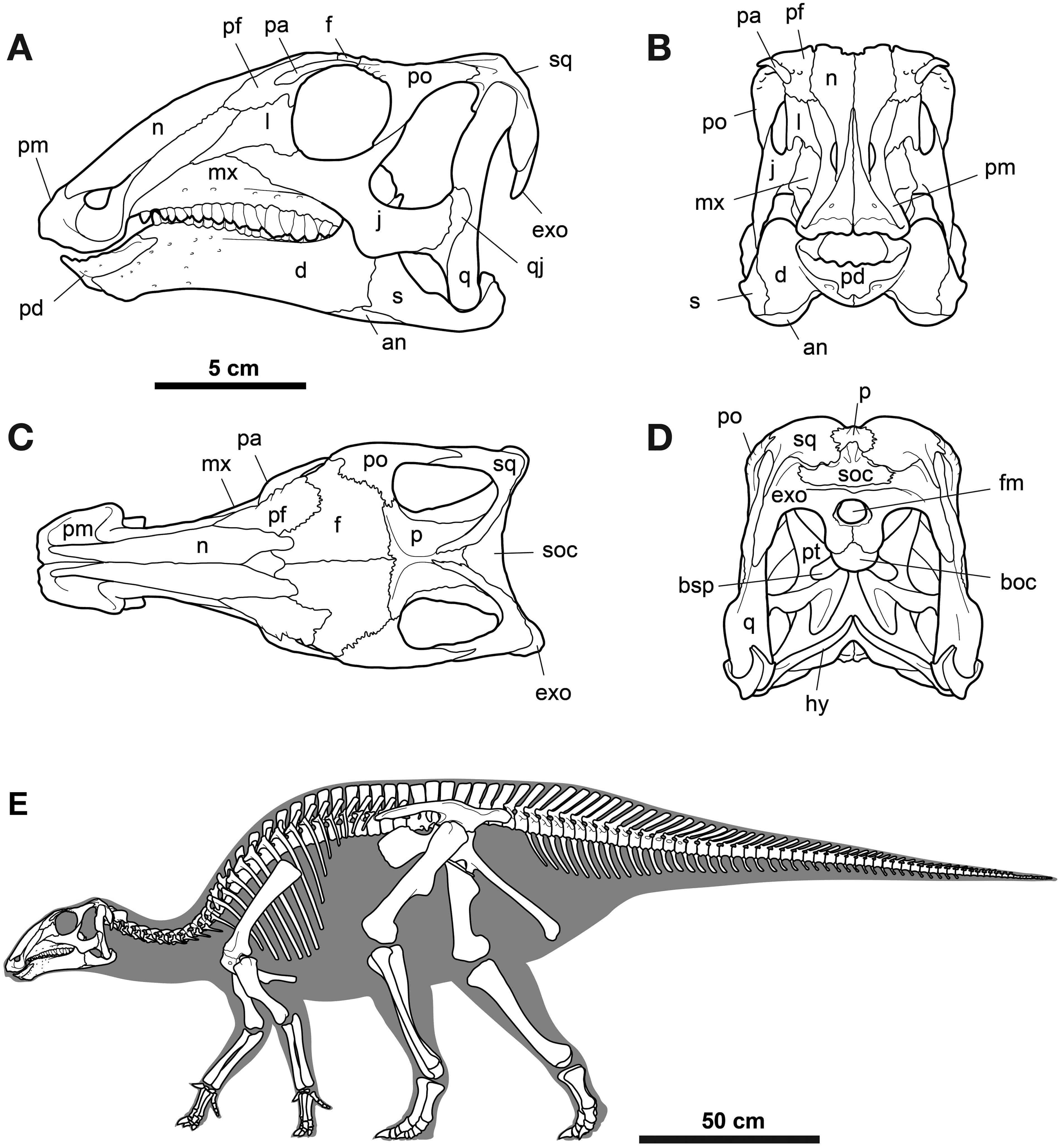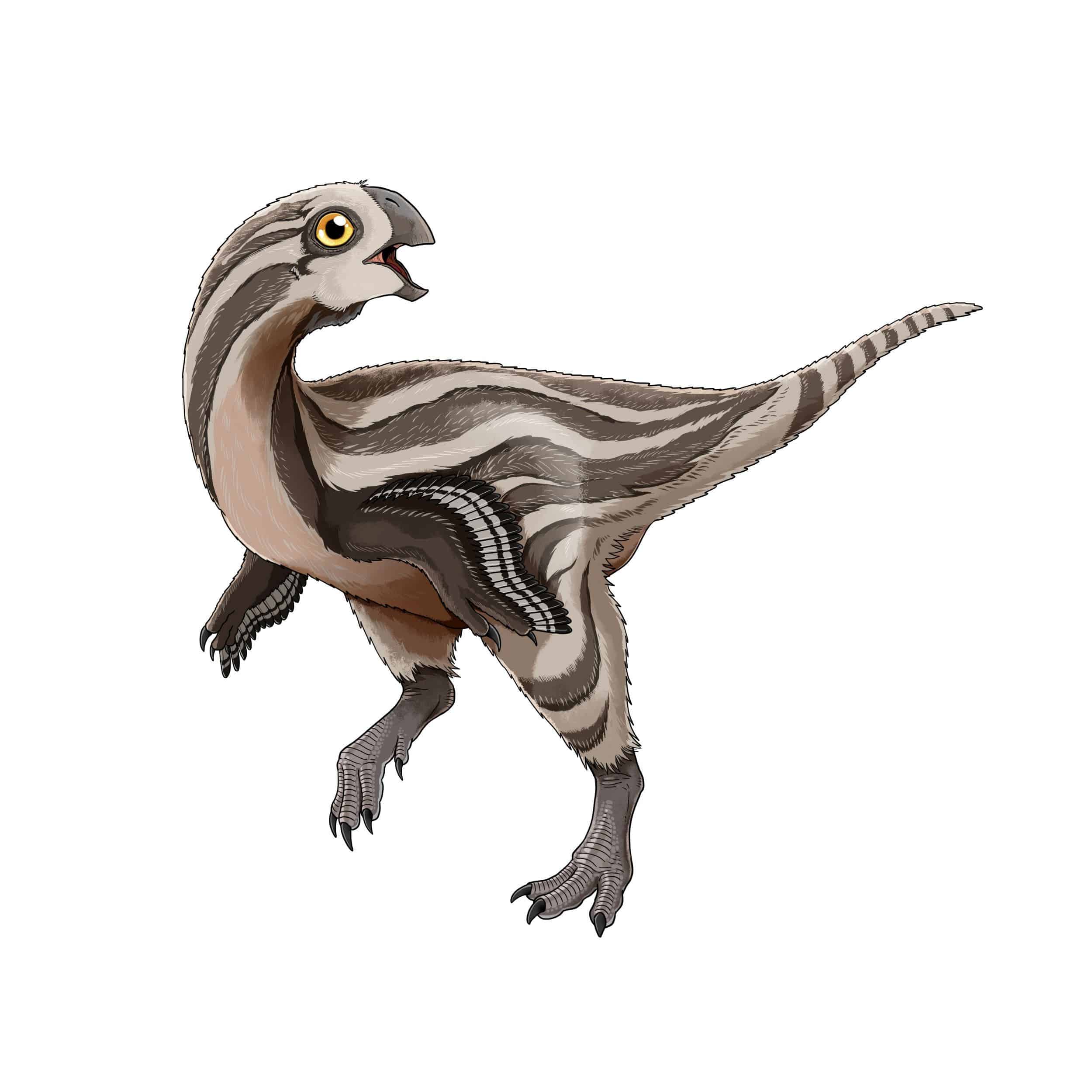After being hidden in mystery for centuries, the Xiongnu, the first nomadic empire of the world, is finally coming to light thanks to novel ancient DNA evidence and archaeological excavations. An international team of scientists carried out a genetic investigation of two cemeteries along the western frontier of the Xionngu empire.

The Xiongnu empire lived in the Mongolian steppe in East Asia about 1,500 years before the emergence of the Mongols. They were a powerful political force and famously nomadic, building their empire on the back of horses. Unlike most empires, which established strongholds and centralized settlements, they traveled — a lot.
You’ve definitely heard of the Xiongnu before — or at least their exploits. Their legendary conflicts with Imperial China ultimately led to the construction of the Great Wall. Yes, those guys.
However, the Xiongnu didn’t develop a writing system, and consequently, historical records about them have almost entirely been written by their rivals. This is rarely a good source of information. These records give little information about the origin of the Xiongu, their political rise, and social organizations, with some recent studies providing more questions than answers.
To better understand the inner workings of the empire, an international team of researchers has done an in-depth genetic investigation of two “elite” cemeteries. The international collaboration included researchers from Harvard University, the University of Michigan, Seoul National University, and the Max Planck Institute.
“We now have a better idea of how the Xiongnu expanded their empire by incorporating disparate groups and leveraging marriage and kinship into empire building,” Dr. Choongwon Jeong, senior author of the study and an Associate Professor of Biological Sciences at Seoul National University, said in a media statement.
A close look into the Xiongnu Empire
The researchers sequenced the genomes of 17 individuals that were buried in the two cemeteries. They found an “extremely high” level of genetic diversity, which suggests that the empire was multicultural, multiethnic, and multilingual. Diversity was present at all levels – across the empire, within communities, and within families.
They also found levels of diversity according to the individual’s social status. Low-status individuals, likely servants, had the highest level of genetic diversity. On the other hand, the elites, indicated by the burial sites and tombs, had the lowest levels. This suggests they used marriage to strengthen connections to newly added groups.
Evidence from the cemeteries also shows women had an important role in the Xiongnu empire, as high-status burials and “elite grave goods” such as silk clothing was strongly associated with women. Their tombs included emblems of imperial power and were flanked by low-status males. One tomb even had a team of six hoses and a chariot.
The researchers also looked at the children, finding that gendered roles, such as hunters, weren’t assigned to boys until adolescence. Adolescents were buried with similar elements to young men, such as bows, but younger boys weren’t. “Children received different mortuary treatment depending upon age and sex,” study author Christina Warriner said.
While the Xiongnu empire disintegrated in the late 1st century CE, the findings suggest their social and cultural legacy continued under the Mongol Empire. “Our results confirm the long-standing nomadic tradition of elite princesses playing critical roles in the political and economic life of the empires,” study author Jamsranjav Bayarsaikhan said.
The study was published in the journal Science Advances.






